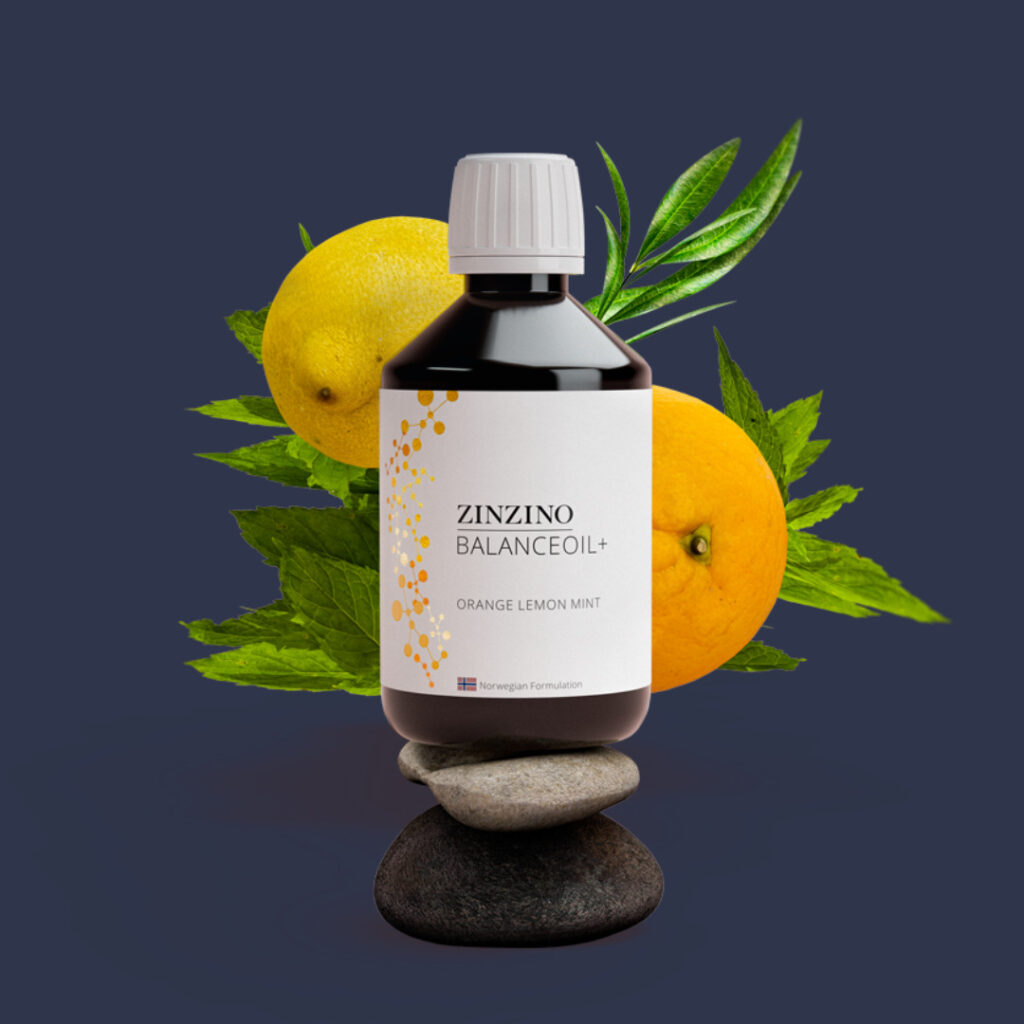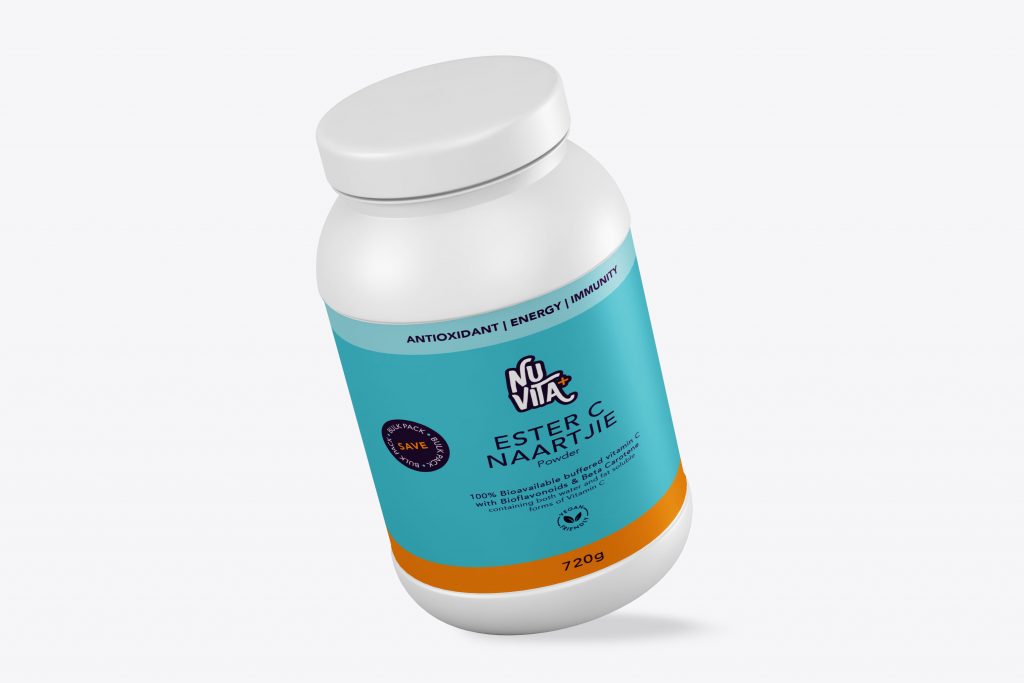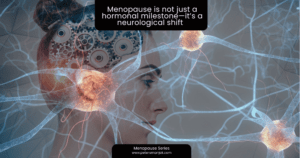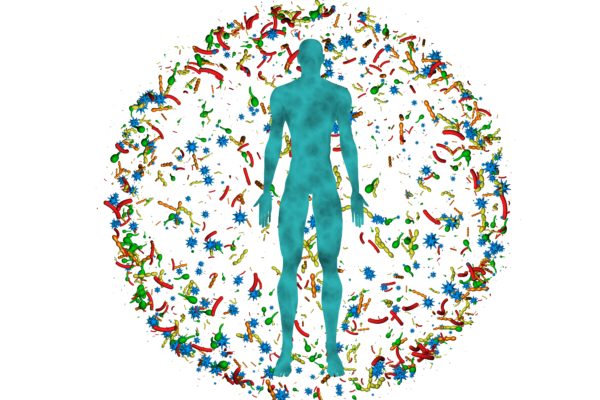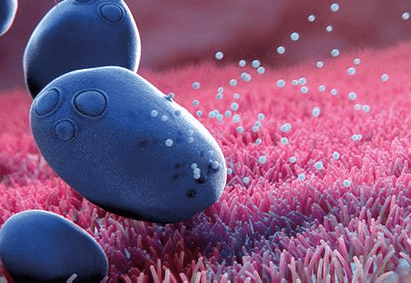What it is, why TrueNorth Health Center promotes it, and the details of how to eat it.
By Alan Goldhamer, D.C., and Toshia Myers, PhD
The SOS-Free Diet – influenced by the principles of Natural Hygiene – aims to provide optimal nutrition to prevent and reverse disease. Appropriate amounts of sleep, sun exposure, and physical activity, as well as stress management, support the health-promoting benefits of this way of eating.
The SOS-Free Diet is composed of 70-75% carbohydrates, 10-12% protein, and 15-18% fat, with trace amounts of naturally occurring sodium. It is also free of processed vegan foods and recreational drugs, including caffeine, nicotine, alcohol, and marijuana. Supplementation with vitamin B12 is necessary.
Why Eat the SOS-Free Diet?
This diet promotes health by eliminating animal foods and providing adequate quantities of nutrient-dense plant foods that are high in fiber, unsaturated fatty acids, phytochemicals, vitamins, and minerals. Epidemiological studies and meta-analyses have identified correlations between plant-based diets and reduced risk (and, in some cases, reversal) of obesity, cardiovascular disease, type II diabetes, metabolic syndrome, some types of cancer, arthritis, and kidney dysfunction when compared to omnivorous diets. Although research has not yet conclusively proven how plant-based diets prevent and reverse disease, the nutrients in plant foods are thought to improve health by lowering levels of cellular inflammation and oxidative stress, and positively affecting gut bacteria composition and metabolites.
The SOS-Free Diet also eliminates added salt, oil, and sugar, including refined carbohydrates. These substances increase the pleasurable qualities of food and contribute to a cycle of overconsumption, otherwise known as the “Pleasure Trap.” Completely removing them from the diet can potentially reduce the desire to overeat, especially for people who are particularly susceptible to the addictive qualities of highly processed food.
There is little doubt that diets high in sodium, sugar, and fat – especially when combined – lead to chronic degenerative diseases. High-salt diets have been shown to cause spikes in blood pressure, as well decrease arterial functioning and antioxidant activity. Additionally, a recent study showed that high-salt diets negatively affect gut microbiota and immune cells, and implicates high-salt diets in autoimmunity. High-fat diets are associated with increased risk of several diseases, including cardiovascular disease, diabetes, and cancer. Studies also suggest that oil consumption impairs endothelial cell function, which is thought to contribute to cardiovascular disease. Diets high in processed sugars increase inflammation, and have been associated with increased risk of nonalcoholic fatty liver disease, cardiovascular disease, cancer, and diabetes.
Despite decades of anecdotal clinical evidence and a handful of published case reports, there is little clinical research on the health effects of the SOS-Free or similar diets. Conducting rigorous clinical nutrition research in free-living humans is difficult, but evidence-based knowledge is necessary to substantiate claims. To this end, the TrueNorth Health Foundation is currently conducting a preliminary study on six-month SOS-Free Diet adherence rates following an in-patient intervention, as well as the effect of the diet on biomarkers of metabolic health and inflammation. This study will provide data necessary to design larger randomized, controlled studies on the health effects of SOS-Free Diet adherence.
How to Eat the SOS-Free Diet?
Serving sizes suggested are based on a daily caloric intake of 1,500-3000 kcal. Let’s break it down.
Foods included on the SOS-Free Diet:
- Vegetables: 10-30+ servings per day (serving size = ½ cup non-leafy or cooked leafy; 1 cup raw leafy). Large amounts of vegetables that are dense in nutrients and low in calories. At least two of the servings should be dark leafy greens. Eat them raw, steamed, baked, or occasionally blended.Suggested vegetables include: kale, swiss chard, collards, purslane, lettuce, spinach, arugula, mustard greens, sorrel, watercress, herbs, carrots, beets, sweet potatoes, yams, white potatoes, purple potatoes, broccoli, cauliflower, brussels sprouts, cabbage, bok choy, green beans, squash, peppers, mushrooms, watercress, artichokes, radishes, sprouts, celery, asparagus, cucumber, onion, tomato, zucchini, sea vegetables.
- Fruits: 4-10+ servings per day (serving size = 1 medium- sized fruit; 1 cup chopped; ¼ cup dried). Fresh and frozen fruits; limit dried fruits. At least one of the servings should be of berries. Limit avocado to ½ per day.Suggested fruits include: bananas, apples, raspberries, concord grapes, acai berries, apricots, cherries, melon, strawberries, blueberries, raspberries, blackberries, pineapple, clementine tangerines, nectarines, tangerines, oranges, lemons, limes, grapefruit, honeydew, kiwifruit, plums, pomegranates, prunes, papaya, peaches, mango, pears, watermelon, avocado.
- Whole Grains: 0-10+ servings per day (serving size = ½ cup cooked grains; 1 cup cold cereal; 1 whole grain tor- tilla or bread slice). Gluten-free whole grains; best if they are intact (e.g., cooked whole-grain brown rice vs. whole- grain brown rice pasta).Suggested grains include: gluten-free oats, buckwheat, quinoa, brown rice, corn, wild rice, millet, amaranth, teff.
- Legumes: 0-5+ servings per day (serving size = ½ cup cooked; 1 cup fresh peas or sprouted lentils). Legumes can be eaten cooked or blended into soups, spreads, or dips.Suggested legumes include: black beans, kidney beans, garbanzos (chickpeas), pinto beans, lima beans, butter beans, mung beans, cannellini beans, edamame, tem- peh, beluga lentils, red lentils, green lentils, black-eyed peas, split peas.
- Nuts and Seeds: 1 ounce per day (1 ounce = ¼ cup). A small amount of nuts and seeds goes a long way. Can be eaten whole or as a nut or seed butter.Suggested nuts and seeds include: almonds, walnuts, cashews, pecans, hazelnuts, pistachios, flax seeds, pumpkin seeds, sesame seeds, chia seeds, hemp seeds, sunflower seeds.
Foods to avoid:
All animal products, including meat, fish, fowl, eggs, and dairy; added sugar, salt, and oil; and refined grains and other processed foods should be completely avoided.
Micronutrients:
By including a variety of in-season produce and foods of all colors, the SOS-Free Diet should contain all essential nutrients, with the exception of vitamin B12. Therefore, it is not recommended to take supplements other than 1000 mcg of methylcobalamin (Vitamin B12) unless a specific deficiency arises. Small amounts of sea vegetables (e.g., wakame, dulse, nori, kelp) and regular sun exposure are recommended to obtain adequate amounts of iodine and vitamin D, respectively.
Caffeine, alcohol, tobacco, and other drugs:
The SOS-Free Diet does not allow for the use of alcohol, nicotine, caffeine, or other recreational drugs. Whenever possible, it is also important to avoid exposure to environmental toxins, including over-the-counter or non-maintenance prescription drugs, pesticides, herbicides, volatile organic compounds (VOCs), radiation, and heavy metals.
Where to buy food:
Shopping at the grocery store is simplified on the SOS-Free Diet since most of the foods can be found in just a few areas:
- Produce section: Enjoy a wide variety of fresh fruits and veg- etables. Fruits are great for snacks, breakfast (e.g. as a topping on oatmeal), as a dessert, or squeezed over salads and entrees (think lemons and limes). Fresh vegetables are great raw in tossed salads, steamed, or put into soups or other dishes. Fresh herbs are also found in this section and give great flavor to meals.
- Bulk section: Whole grains, beans, lentils, seeds, and nuts are found here. Parboiled or microwave-ready SOS- free brown rice or other whole grains are a convenient alternative. A small amount of nuts and seeds is health- ful, but use sparingly, as they are calorically dense.
- Frozen section: Frozen fruits (especially berries) and vegetables are a convenient and cost-effective option.
- Canned foods: Salt-free beans and lentils are conve- nient. Salt-free tomato products are especially great when tomatoes are not in season.
- Other: Flavor can be added to foods using vine- gars, citrus juices, spices, fresh herbs, salt-free mustards, and SOS-free salad dressings.
Other places to buy foods include ethnic grocers, farmers’ markets, CSAs, and online.
Cost:
Healthy eating is often less expensive than buying processed foods and eating out. Stick to the shopping guidelines above, and consider frozen fruits and vegetables, whole grains and legumes from the bulk section, salt-free canned products, and community supported agriculture. Buy produce that is in season; it is often on sale and tastier than produce not in season.
Buying organic:
It’s great if you can afford organic, but don’t let concern for pesticides stop you from sticking to the SOS-Free Diet. Do what fits your budget. The benefits of eating conventionally grown fruits and vegetables far outweigh the risks from pesticide exposure.
Eating out at restaurants:
Many restaurants now offer vegan options, but few offer SOS-free, whole-plant-food options. Fear not: with a little planning, you can greatly minimize the harm from eating at restaurants. That being said, the less you eat out, the better. If you do eat out, remember to:
- Plan Ahead: Check the menu ahead of time and look for steamed or baked options. Asian and Mediterranean restaurants are best. Call ahead to make sure a plate of steamed vegetables with plain brown rice is an option.
- Prepare for the Worst: Almost all restaurants offer and dressing. Eating before you arrive is a great way to enjoy the company of others while helping to avoid the dietary pleasure trap.
How to flavor food:
There are many ways to make food taste delicious: fresh herbs (e.g., basil, parsley, mint, cilantro), spices, vinegars, citrus juices, and SOS-free condiments (mustard, ketchup, etc.) and dressings.
Weight loss tips:
- Start meals with a large plate of raw or steamed veg- etables (e.g., a huge salad, vegetable soup).
- Avoid dried fruit, fruit juices, non-intact grains (e.g., brown rice pasta, corn tortillas), and trigger foods.
- Only eat the recommended daily serving size of nuts and seeds (one ounce) or avocado (one half).
- Wait until you are hungry before eating.
- Engage in daily moderate activity (e.g., walking 30 min.).
Time-saving tips:
- Cooking large amounts of grains, legumes, soups, dressings, and other simple recipes to last the week is one of the best ways to achieve success in sticking to healthy eating.
- Prepare fresh storable items, such as homemade hummus, dressings, fresh herbs, and soups and stews so healthy options are always on hand.
- Wash, chop, and shred vegetables ahead of time.
2-Day SOS-Free-Diet Meal Plan
| 2-Day SOS-Free-Diet Meal Plan | ||
| Meal | Day 1 | Day 2 |
| Breakfast | Steel-Cut Oatmeal | Banana and Flaxseed Polenta |
| Lunch | Wild Rice and Spinach with Avocado and Grapefruit Salad and Steamed Asparagus and Artichoke Hearts | Tu-No Salad with Corn Tortillas and Roasted Garlic Mashed Potatoes |
| Dinner | Beefless Stew with Creamy Coleslaw and Fruit Salad with Fresh Mint | Yellow Curry Lentils with Cider Steamed Swiss Chard and Cilantro Buttered Corn |
| Snacks | None | 1 pear, 1 orange, 1 apple and ½ oz walnuts |
| Servings | |||
| Food Type | SOS-Free Guideline | Day 1 Servings | Day 2 Servings |
| Vegetables | 10-30 + | 13 | 11 |
| Fruit | 4-10 + | 4.5 | 4.5 |
| Grains | 0-10 + | 2.5 | 3 |
| Legumes | 0-5 + | 0 | 3.5 |
| Nuts & Seeds | 1-2 oz | 1 oz | 1 oz |
| Avocado | ≥ ½ | ½ | ¼ |
* This article was featured in the Summer 2019 issue of the National Health Association’s magazine, Health Science. It was reprinted with permission from Dr. Alan Goldhamer from the TrueNorth Health Foundation.

